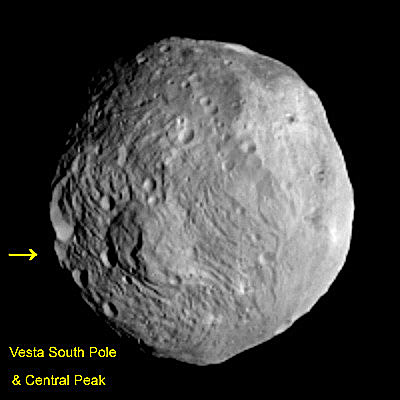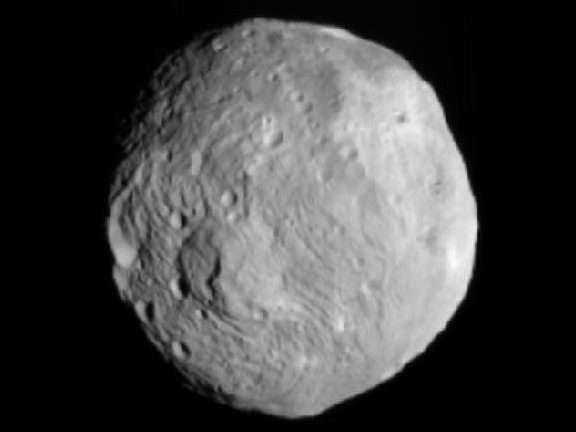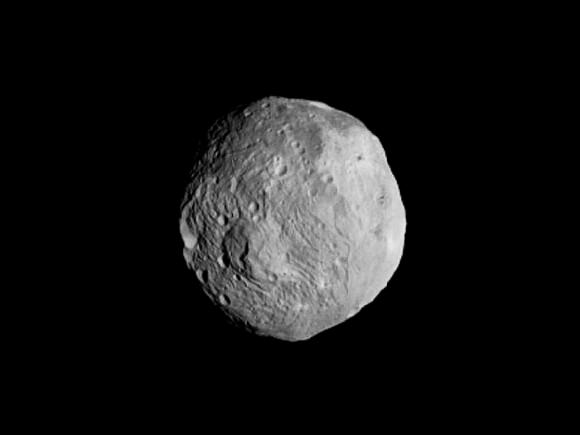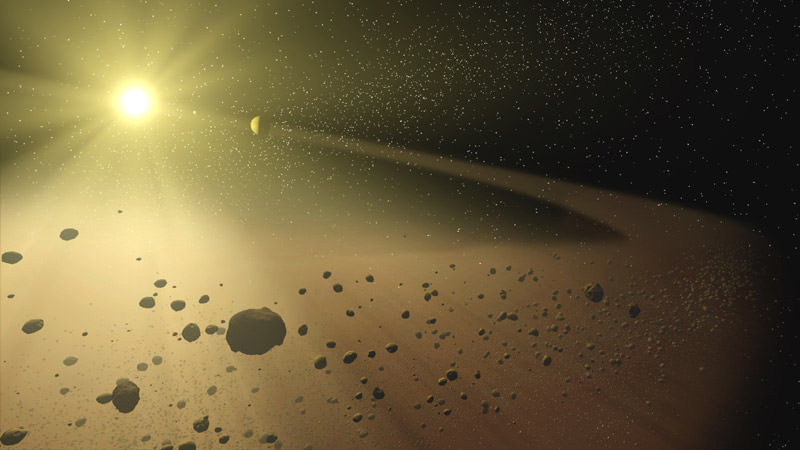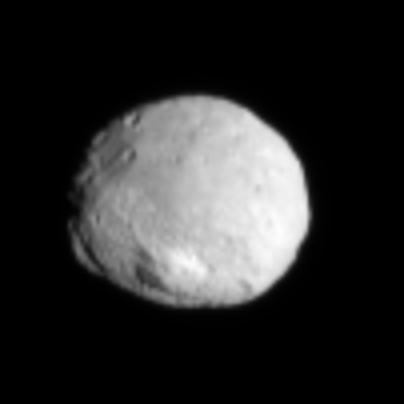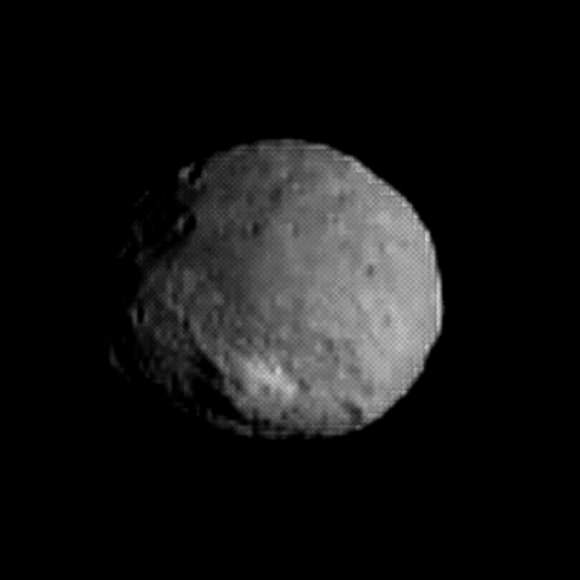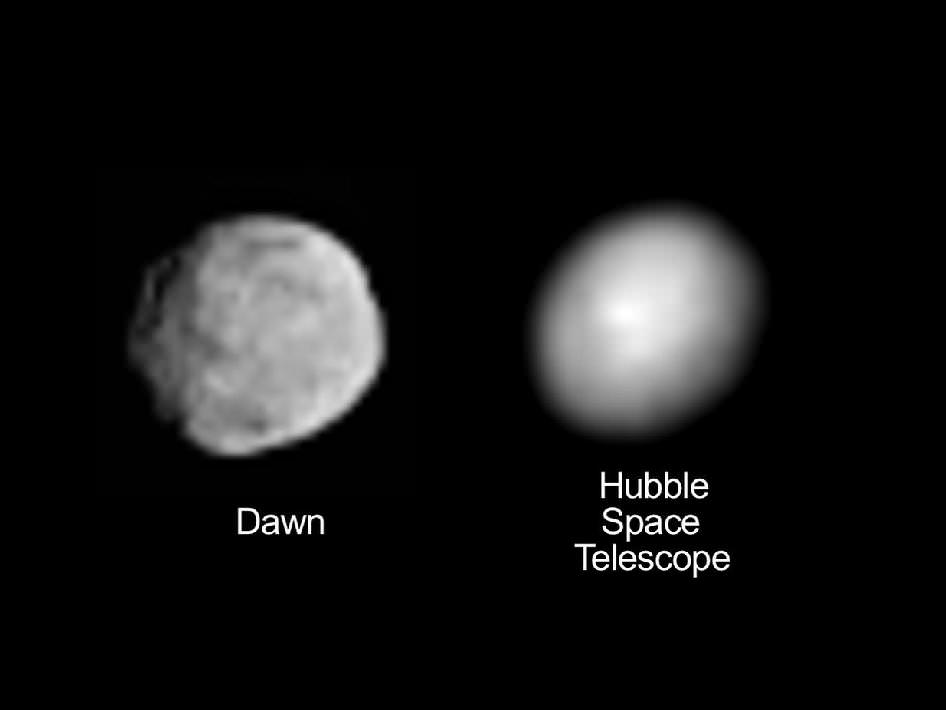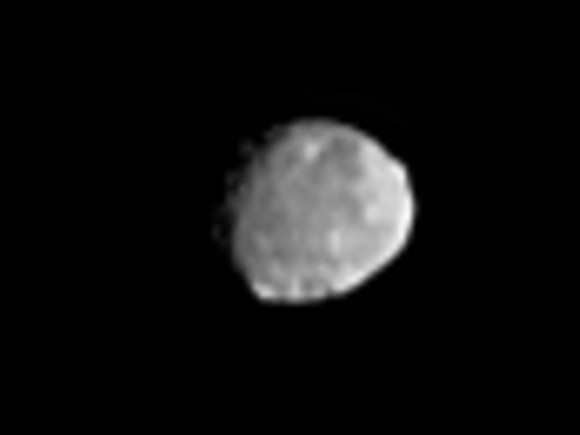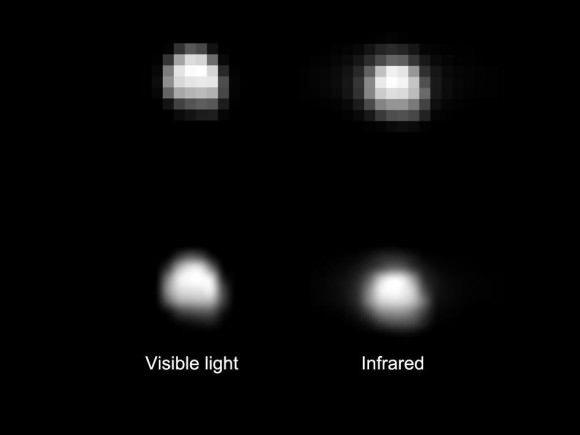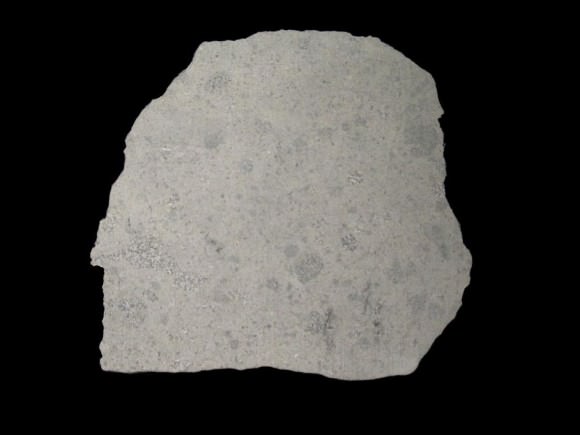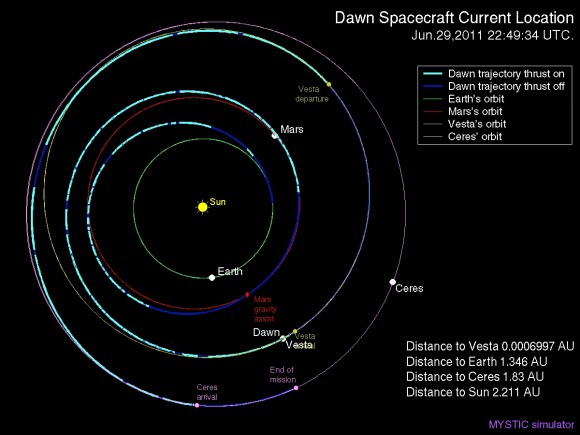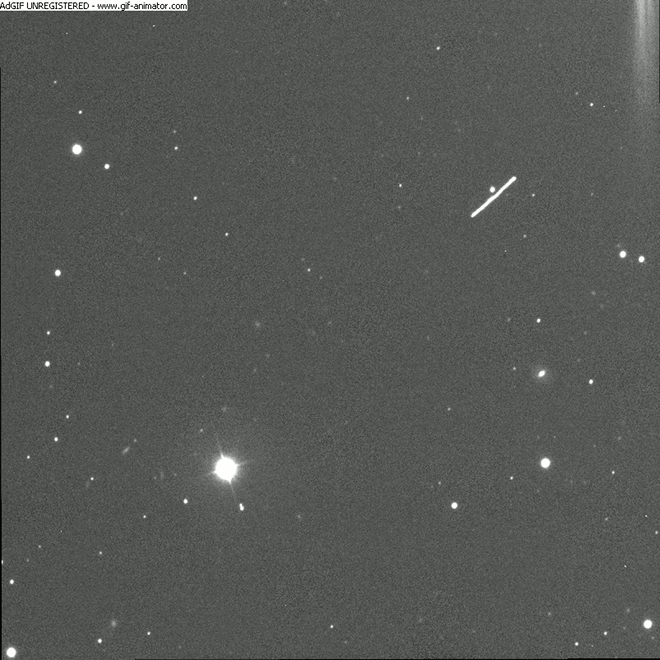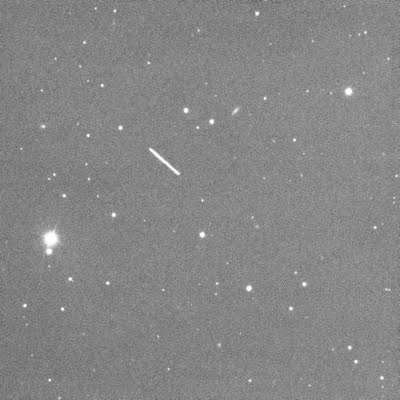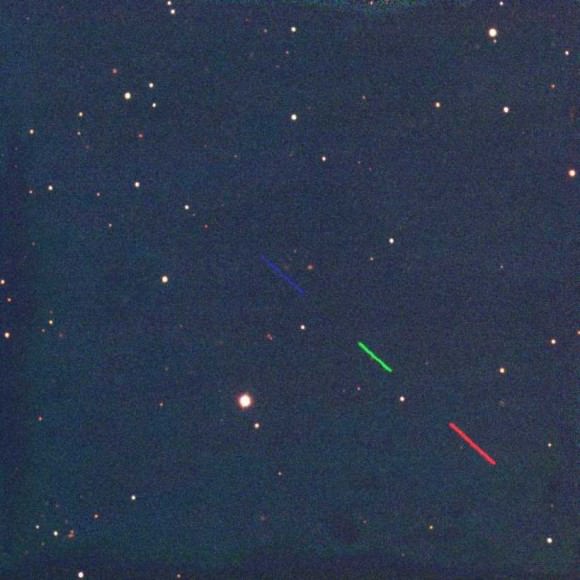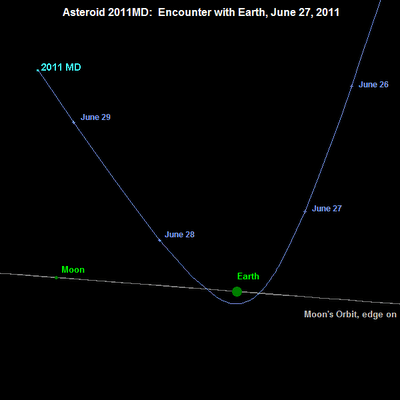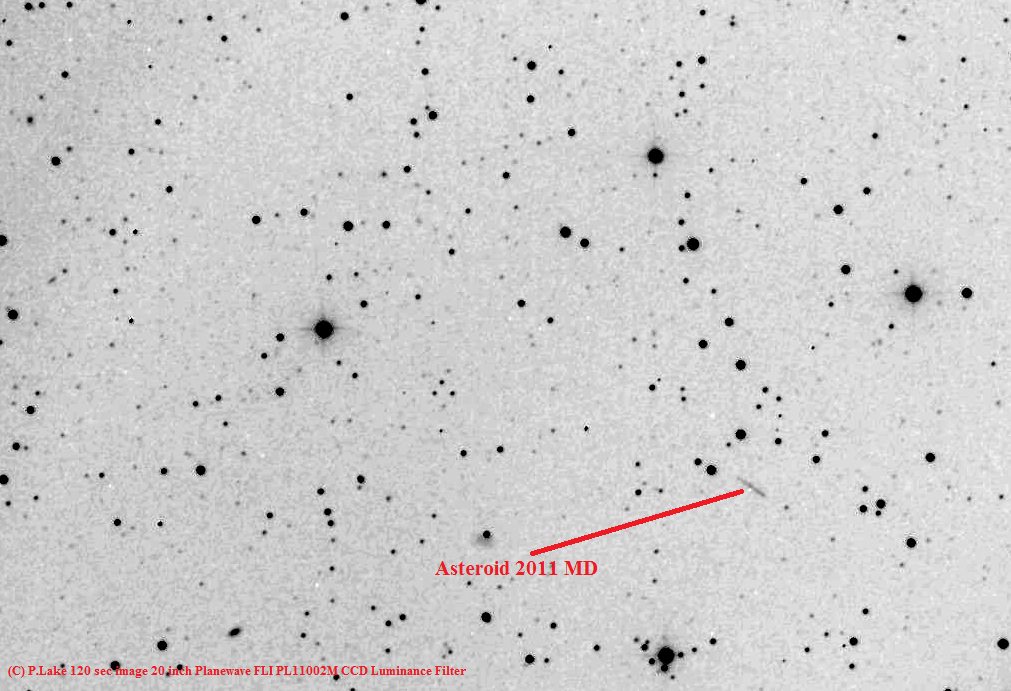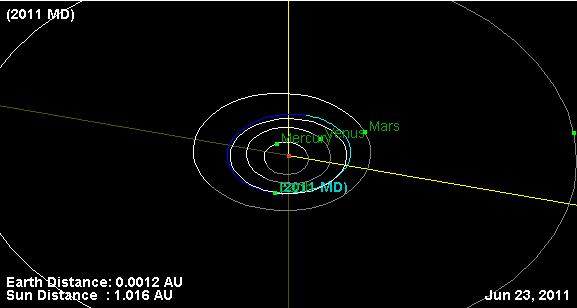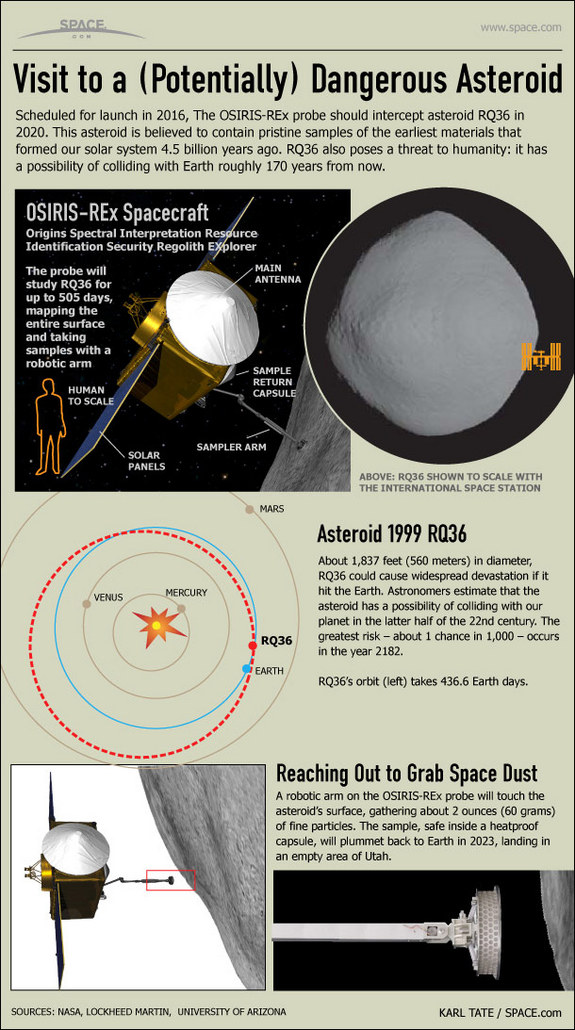[/caption]
NASA’s super exciting Dawn mission to the Asteroid Belt marked a major milestone in human history by becoming the first ever spacecraft from Planet Earth to achieve orbit around a Protoplanet – Vesta – on July 16. Dawn was launched in September 2007 and was 117 million miles (188 million km) distant from Earth as it was captured by Asteroid Vesta.
Dawn’s achievements thus far have already exceeded the wildest expectations of the science and engineering teams, and the adventure has only just begun ! – so say Dawn’s Science Principal Investigator Prof. Chris Russell, Chief Engineer Dr. Marc Rayman (think Scotty !) and NASA’s Planetary Science Director Jim Green in exclusive new interviews with Universe Today.
As you read these words, Dawn is steadily unveiling new Vesta vistas never before seen by a human being – and in ever higher resolution. And it’s only made possible via the revolutionary and exotic ion propulsion thrusters propelling Dawn through space (think Star Trek !). That’s what NASA, science and space exploration are all about.
“Dawn is in orbit, remains in good health and is continuing to perform all of its functions,” Marc Rayman of the Jet Propulsion Laboratory, Pasadena, Calif., told me. “Indeed, that is how we know it achieved orbit. The confirmation received in a routine communications session that it has continued thrusting is all we needed.”
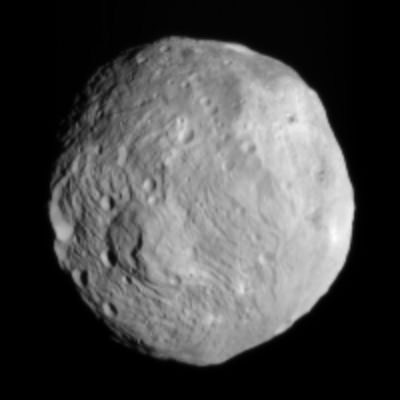
Dawn entered orbit at about 9900 miles (16000 km) altitude after a nearly 4 year journey of 1.73 billion miles.
Over the next few weeks, the spacecrafts primary task is to gradually spiral down to its initial science operations orbit, approximately 1700 miles above the pock marked surface.
Vesta is the second most massive object in the main Asteroid Belt between Mars and Jupiter. Dawn is the first probe to orbit an object in the Asteroid Belt.
I asked Principal Investigator Chris Russell from UCLA for a status update on Dawn and to describe what the team can conclude from the images and data collected thus far.
“The Dawn team is really, really excited right now,” Russell replied.
“This is what we have been planning now for over a decade and to finally be in orbit around our first ‘protoplanet’ is fantastic.”
“The images exceed my wildest dreams. The terrain both shows the stress on the Vestan surface exerted by 4.5 billion years of collisions while preserving evidence [it seems] of what may be internal processes. The result is a complex surface that is very interesting and should be very scientifically productive.”
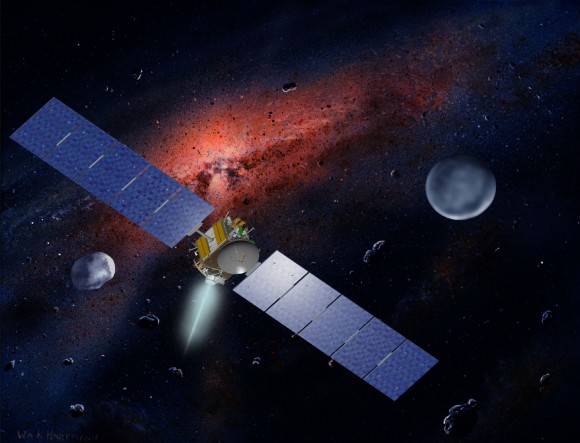
“The team is looking at our low resolution images and trying to make preliminary assessments but the final answers await the higher resolution data that is still to come.”
Russell praised the team and described how well the spacecraft was operating.
“The flight team has been great on this project and deserves a lot of credit for getting us to Vesta EARLY and giving us much more observation time than we had planned,” Russell told me.
“And they have kept the spacecraft healthy and the instruments safe. Now we are ready to work in earnest on our science observations.”
Dawn will remain in orbit at Vesta for one year. Then it will fire its ion thrusters and head for the Dwarf Planet Ceres – the largest object in the Asteroid Belt. Dawn will then achieve another major milestone and become the first spacecraft ever to orbit two celestial objects.
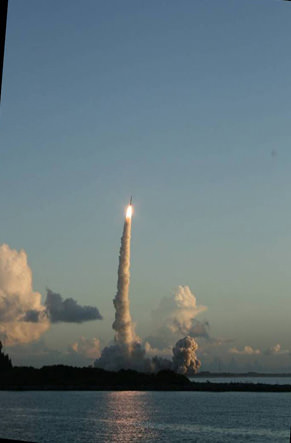
Jim Green, Director of Planetary Science for the Science Mission Directorate (SMD) at NASA HQ in Washington, DC, summed up his feelings about Dawn in this way;
“Getting Dawn into orbit is an amazing achievement,” Green told me.
“Instead of the ‘fire the thrusters full blast’ we just sort of slid into orbit letting gravity grab the spacecraft with a light tug. This gives us great confidence that the big challenge down the road of getting into orbit around Ceres can also be accomplished just as easily.”
Sharper new images from Vesta will be published by NASA in the next day or so.
“We did take a few navigation images in this last sequence and when they get through processing they should be put on the web this week,” Russell informed. “These images are from a similar angle to the last set and with somewhat better resolution and will not reveal much new.”
However, since Dawn is now orbiting Vesta our upcoming view of the protoplanet will be quite different from what we’ve seen in the approach images thus far.
“We will be changing views in the future as the spacecraft begins to climb into its science orbit,” stated Russell.
“This may reveal new features on the surface as well as giving us better resolution. So stay tuned.”
Marc Rayman explained how and why Dawn’s trajectory is changing from equatorial to polar:
“Now that we are close enough to Vesta for its gravity to cause a significant curvature in the trajectory, our view is beginning to change,” said Rayman. “That will be evident in the pictures taken now and in the near future, as the spacecraft arcs north over the dark side and then orbits back to the south over the illuminated side.”
“The sun is over the southern hemisphere right now,” added Russell. “When we leave we are hoping to see it shine in the north.”
Dawn is an international mission with significant participation from Germany and Italy. The navigation images were taken by Dawn’s framing cameras which were built in Germany.
Exploring Vesta is like studying a fossil from the distant past that will immeasurably increase our knowledge of the beginnings of our solar system and how it evolved over time.
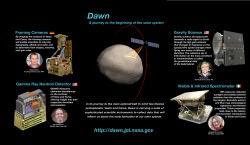
Vesta suffered a cosmic collision at the south pole in the distant past that Dawn can now study at close range.
“For now we are viewing a fantastic asteroid, seeing it up close as we zero in on its southern hemisphere, looking at the huge central peak, and wondering how it got there,” explained Jim Green
“We know Vesta was nearly spherical at one time. Then a collision in its southern hemisphere occurred blowing off an enormous amount of material where a central peak now remains.”
That intriguing peak is now obvious in the latest Dawn images from Vesta. But what does it mean and reveal ?
“We wonder what is that peak? replied Green. “Is it part of the core exposed?
“Was it formed as a result of the impact or did it arise from volcanic action?”
“The Dawn team hopes to answer these questions. I can’t wait!” Green told me.
As a result of that ancient south pole collision, about 5% of all the meteorites found on Earth actually originate from Vesta.
Keep your eyes glued to Dawn as mysterious Vesta’s alluring secrets are unveiled.
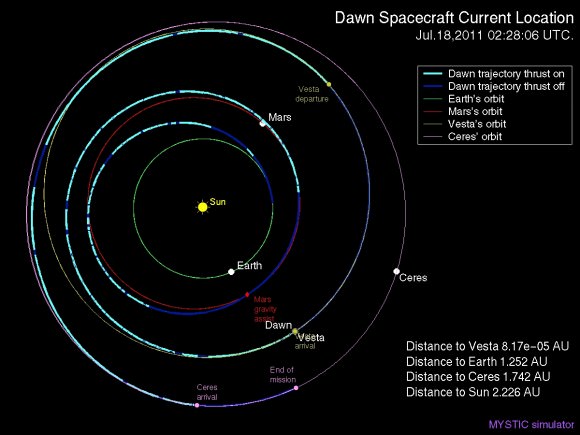
Read my prior features about Dawn
Dawn Closing in on Asteroid Vesta as Views Exceed Hubble
Revolutionary Dawn Closing in on Asteroid Vesta with Opened Eyes

